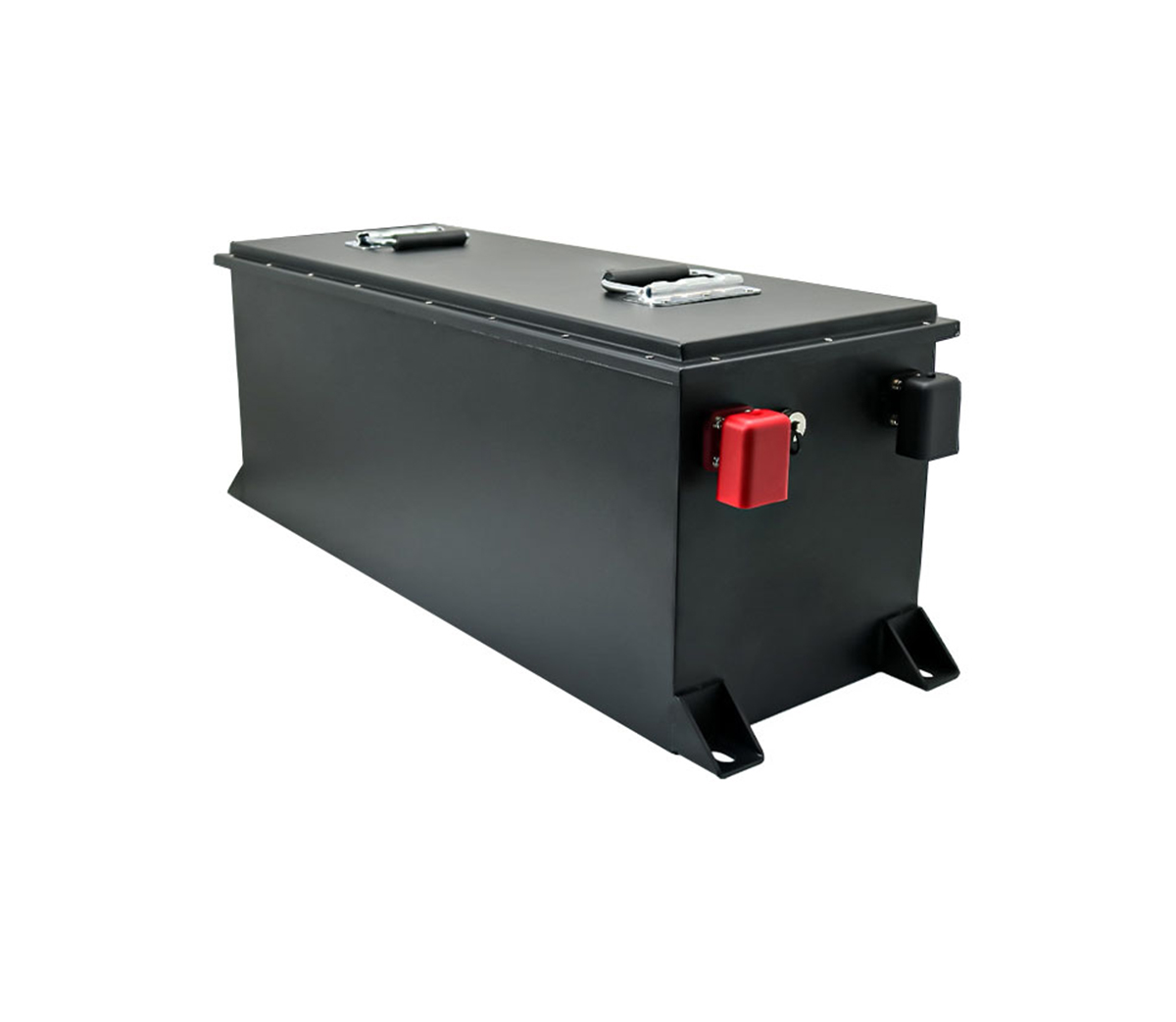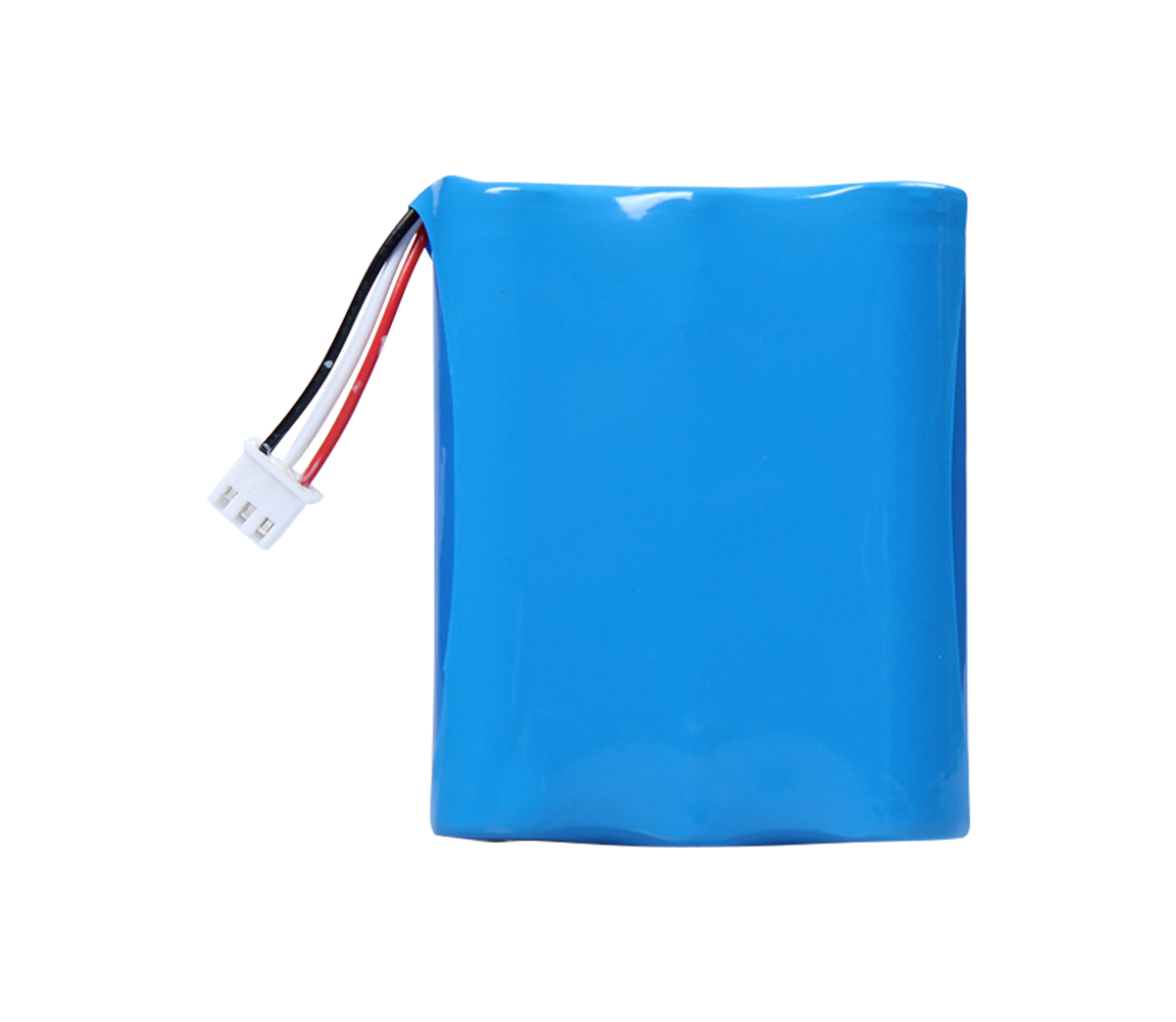Hitachi develops new lithium battery that can last 400 kilometers
Although compared with lead-acid batteries, lithium batteries have extended
battery life and life to a certain extent, but they still haven't gotten rid of
the curse of performance degradation. In response to this, many companies have
begun to increase their R&D capabilities in order to make breakthroughs.
Although compared with lead-acid batteries, lithium batteries have extended
battery life and life to a certain extent, but they still haven’t got rid of the
curse of performance degradation. In response to this, many companies have begun
to increase their R&D capabilities in order to make breakthroughs.
Hitachi breaks the "mileage curse" new lithium battery can last 400
kilometers
With the increasingly fierce competition in the electric vehicle market in
recent years, coupled with the improvement of environmental protection standards
in various countries, the investment community has set off an "electric vehicle
gold rush." As far as the domestic market is concerned, there are already more
than 200 startup companies including LeTV Auto and Weilai Auto, with a total
investment of more than US$2 billion.
Hitachi breaks the "mileage curse" new lithium battery can last 400
kilometers
In this booming market, there are companies such as Nissan and BAIC that
are steadily striving to win, but there will also be black holes that seem to be
unable to make up for funds in any case like LeTV. What are the other reasons
for this disparity? What are the pain points and key points in the entire
industry chain?
At present, the most used lithium-ion battery in hybrid and pure electric
vehicles is undoubtedly. In terms of consumer experience, an essential
difference between electric vehicles and diesel locomotives lies in "mileage
anxiety." The so-called "mileage anxiety" is that when electric vehicle users
find that the remaining battery power begins to decline, they will worry about
not being able to reach their destination and become anxious. Further analysis,
this is closely related to the short driving range, long charging time, short
battery life, and high battery cost of electric vehicles. Without breakthrough
in battery technology and production capacity, electric vehicles cannot reach
mass production and cannot conquer the market.
In this regard, Japanese researchers, who have always been in the field of
new energy regardless of cost, successfully broke through the bottleneck of
existing battery technology, making lithium batteries for vehicles more durable
and longer life.
Toyota, which entered the field of electric vehicles some time ago, worked
with a public laboratory in Japan and four universities to find that the uneven
movement and aggregation of lithium ions in the electrodes is the biggest
culprit that limits battery life and endurance. This phenomenon can also lead to
batteries. overheat.
At present, Toyota has developed a new type of battery that can effectively
inhibit the uneven movement and aggregation of lithium ions in the electrodes.
This new battery can increase the mileage and battery life of electric vehicles
by up to 15%. At the same time, battery safety is also higher. Unfortunately,
Toyota has not disclosed when this new battery will be mass-produced, so it will
take longer to see cars equipped with this high-performance battery.
Following Toyota, Hitachi has also made new progress in lithium battery
endurance. Japanese media reported that Hitachi has just developed a lithium-ion
battery technology for pure electric vehicles (EV) that can travel about 400
kilometers on a single charge.
Compared with the previous battery, the capacity has doubled, 320 watt-hour
per kilogram, and the capacity has doubled, and the driving distance is about
40% longer than that of the current pure electric vehicle. Nickel alloys are
used for the electrodes, and a large amount of electricity can be stored by
implementing improvements such as increased thickness. At the same time, the
durability is improved, and the performance will not decrease even after
repeated charging and discharging. Hitachi said it will strive to achieve
practicality in 2020.
Lithium ion batteries discharge or charge lithium ions back and forth
between the electrodes. To increase the charge and discharge capacity, it is
necessary to increase the ions stored in the electrode. In the battery developed
by Hitachi this time, the positive electrode material is made of nickel, which
is easy to store lithium ions, and the thickness of the electrode is doubled to
increase the amount of ions that can be stored. The negative electrode does not
use normal carbon-based materials, but uses silicon as its main component, which
is easy to store and release lithium ions. Through these improvements, more
electricity can be stored.
In addition, the "energy density" that shows the performance of the battery
is expected to be about twice as high in the state of the battery cell as the
basic unit, that is, 320 watt-hours per kilogram. Close to the maximum value
that can be achieved by lithium-ion batteries. According to reports, if it is
equipped with a pure electric vehicle, it can travel about 400 kilometers under
standard conditions. Among the pure electric vehicles currently on the market,
Nissan's "LEAF" (Leaf) can travel 280 kilometers on a single charge. If the
driving distance reaches 400 kilometers, it is expected to greatly promote the
popularization of pure electric vehicles.


































